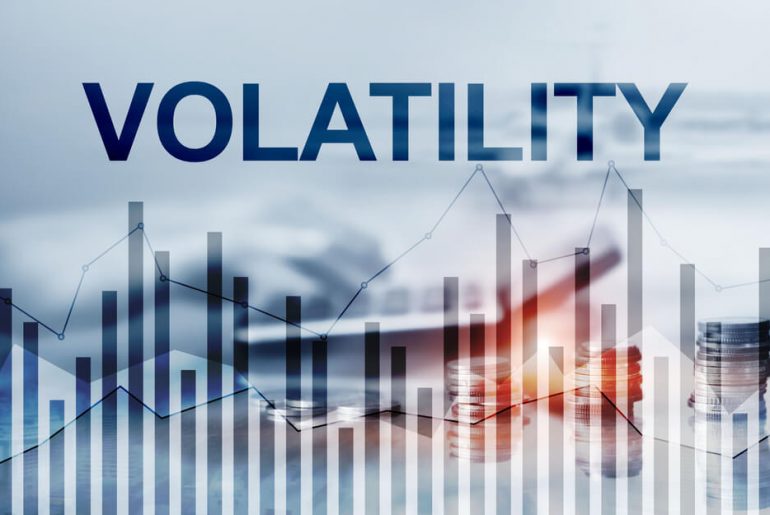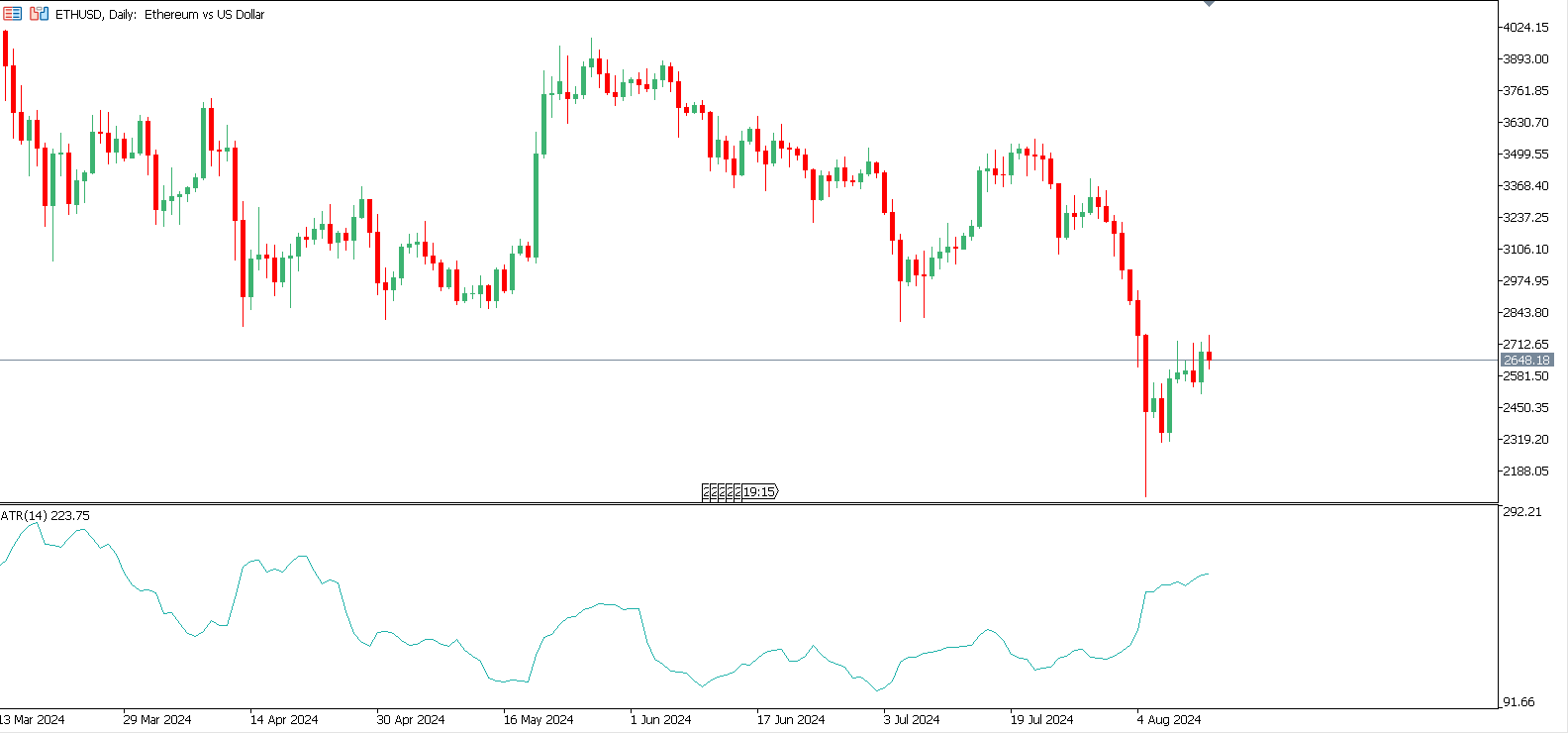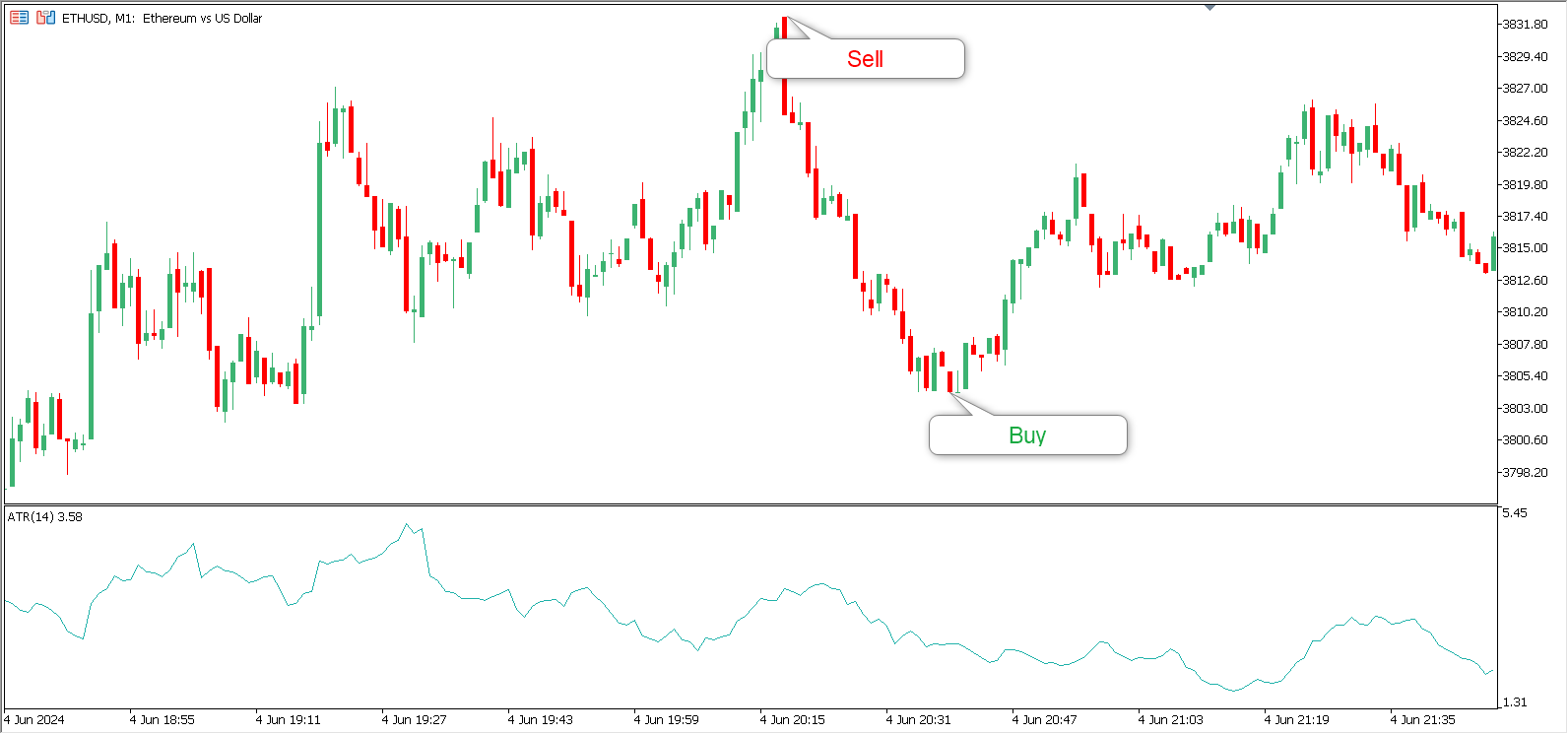In the ever-changing world of Forex trading, volatility remains a constant force, shaping exchange rates and presenting opportunities and challenges. This article delves into the nature of Forex volatility, examining its causes, impacts, and key strategies for traders. By the end, traders will gain valuable insights into managing and leveraging volatility effectively to enhance their trading approach and confidently navigate the market.
What is Forex Volatility?
Forex volatility is the degree of fluctuation in a currency pair’s exchange rate over a given period. It is a critical concept in Forex trading, reflecting how much and quickly exchange rates can change. This volatility is driven by economic, geopolitical, and market-related factors, and understanding it is crucial for traders as it directly impacts trading strategies and risk management.
Causes of Forex Volatility
Forex volatility can be attributed to several core factors:
- Economic Indicators. Economic data releases, such as Gross Domestic Product (GDP), employment figures, inflation rates, and consumer sentiment reports, are significant drivers of Forex volatility. When these indicators deviate from market expectations, they can trigger sudden and sharp price movements. For instance, stronger-than-expected employment data may boost a currency, while disappointing GDP figures could lead to its depreciation.
- Central Bank Policies. Central banks play a pivotal role in influencing Forex volatility through their decisions on interest rates, monetary policy, and quantitative easing. For example, an interest rate hike to curb inflation can attract foreign investment, strengthening the currency. Conversely, lowering interest rates to stimulate economic growth may weaken the currency.
- Geopolitical Events. Political instability, trade tensions, and global conflicts can inject uncertainty into the Forex market, increasing volatility. Geopolitical events, such as elections or trade disputes, can cause sudden and unpredictable shifts in currency values.
- Trader Sentiment. The collective sentiment of traders, shaped by news, events, and market psychology, can drive rapid changes in currency prices. Positive news may fuel bullish sentiment, causing a currency to appreciate, while negative news can trigger bearish sentiment and depreciation.
- Liquidity. The ease of buying and selling a currency, known as liquidity, is another crucial factor in Forex volatility. Low liquidity conditions amplify price swings, leading to significant price gaps and erratic market movements. This is particularly evident during certain hours, such as the overlap between the Asian and European trading sessions or during holidays when fewer traders are active.
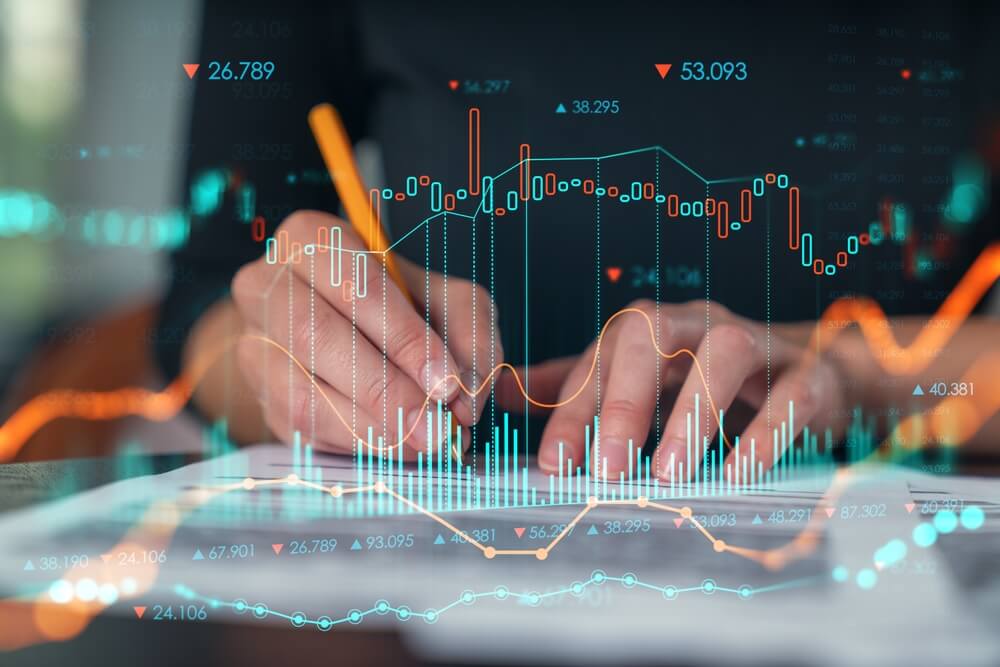
Effects of Forex Volatility
Forex volatility has far-reaching implications for traders and the broader financial markets. It presents both opportunities and challenges:
- Opportunities. High volatility can be a double-edged sword. On one hand, it offers traders the potential for substantial profits, especially for those employing short-term strategies like day trading. Significant price swings create more trading opportunities as currencies move more frequently and dramatically.
- Challenges. However, with increased opportunity comes heightened risk. Significant price movements can lead to substantial losses if not managed properly. Volatile markets can also induce emotional stress, leading to impulsive decisions and trading errors. This underscores the importance of disciplined risk management.
- Liquidity and Execution Risks. High volatility can strain market liquidity, leading to issues with trade execution and broader spreads. Price gaps can occur, challenging entering or exiting trades at desired levels. Moreover, volatility can affect asset correlations, causing ripple effects across different financial markets.
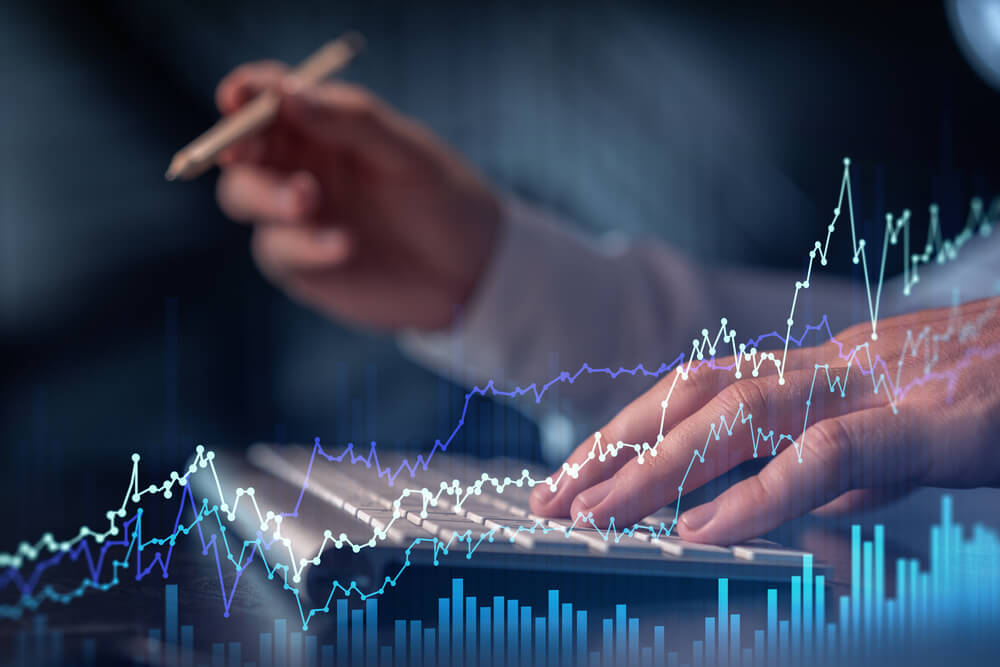
Best Strategies for Navigating Forex Volatility
Navigating the volatile waters of Forex trading requires a strategic and disciplined approach. Below are essential strategies to help market participants manage risk and capitalize on market movements during periods of high volatility.
Implement Stop-Loss and Take-Profit Orders
One of the most effective ways to manage risk in a volatile market is to set stop-loss and take-profit orders. These automated tools help traders lock in profits or limit losses without constantly monitoring their trades.
Market participants set a stop-loss to predetermine the maximum amount they will lose on a trade, thus protecting their accounts from significant drawdowns. Similarly, take-profit orders allow traders to automatically exit a trade when their target profit is reached, helping to secure gains before the market reverses.
Use Volatility Indicators
Utilizing technical indicators such as the Average True Range (ATR) can provide valuable insights into market volatility. The ATR measures the degree of price movement in a given market and helps traders anticipate potential price swings.
By analyzing ATR readings, traders can gauge whether the market is experiencing higher or lower levels of volatility compared to historical norms. This information can be used to adjust trading strategies, such as widening or tightening stop-loss levels or deciding when to enter or exit trades.
Diversify Your Trading Portfolio
Relying on a single currency pair during volatile times can expose market participants to significant risk. Diversification is a crucial strategy to mitigate this risk. By trading multiple currency pairs, traders spread their exposure across different markets, reducing the impact of volatility in any one pair. Diversification also allows traders to capitalize on opportunities in various markets, as different currency pairs may respond differently to the same economic or geopolitical events.

Stay Informed with Economic Calendars and News
Staying up-to-date with economic calendars, news releases, and geopolitical events is crucial for anticipating potential volatility triggers. Significant events, such as central bank announcements, employment reports, or political developments, can cause sudden and significant price movements in the Forex market.
By monitoring these events, traders can prepare for possible volatility and adjust their strategies accordingly. Being informed allows them to avoid trading during high-risk periods or, conversely, to capitalize on expected price movements.
Employ Short-Term Trading Strategies
Short-term trading strategies, such as scalping or day trading, can be particularly effective during periods of high volatility. These strategies involve making quick trades to take advantage of intraday price fluctuations. Scalping, for example, focuses on making small, frequent profits by entering and exiting trades within minutes or even seconds.
On the other hand, day trading involves holding positions for a few hours within the same trading day. Both strategies require close attention to market movements and a solid understanding of technical analysis, but they can be highly profitable in a volatile environment.
Adjust Position Sizes Based on Volatility
Managing position sizes according to the level of market volatility is essential for effective risk management. Consider reducing your position size in highly volatile markets to limit potential losses. Conversely, one might increase their position size in less volatile markets to take advantage of smaller price movements. Adjusting the position size helps traders maintain a balanced risk-to-reward ratio and prevents excessive exposure to market swings.
Forex volatility is a powerful force that can lead to significant gains and substantial losses. As we’ve discussed, understanding the causes of volatility and implementing sound risk management practices are crucial to navigating this challenging environment. By using stop-loss and take-profit orders, employing volatility indicators, diversifying the portfolio, staying informed, and adapting trading strategies, one can harness the potential of Forex volatility to achieve your financial goals. Knowledge and preparation are the greatest allies in the ever-changing world of currency trading.

